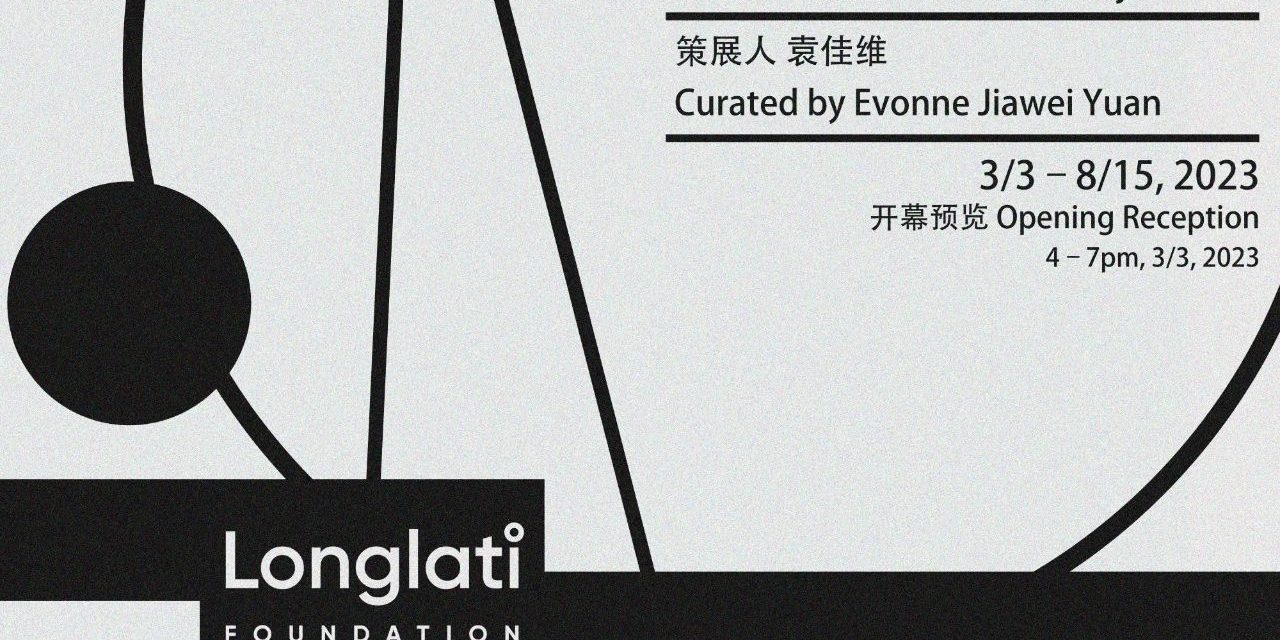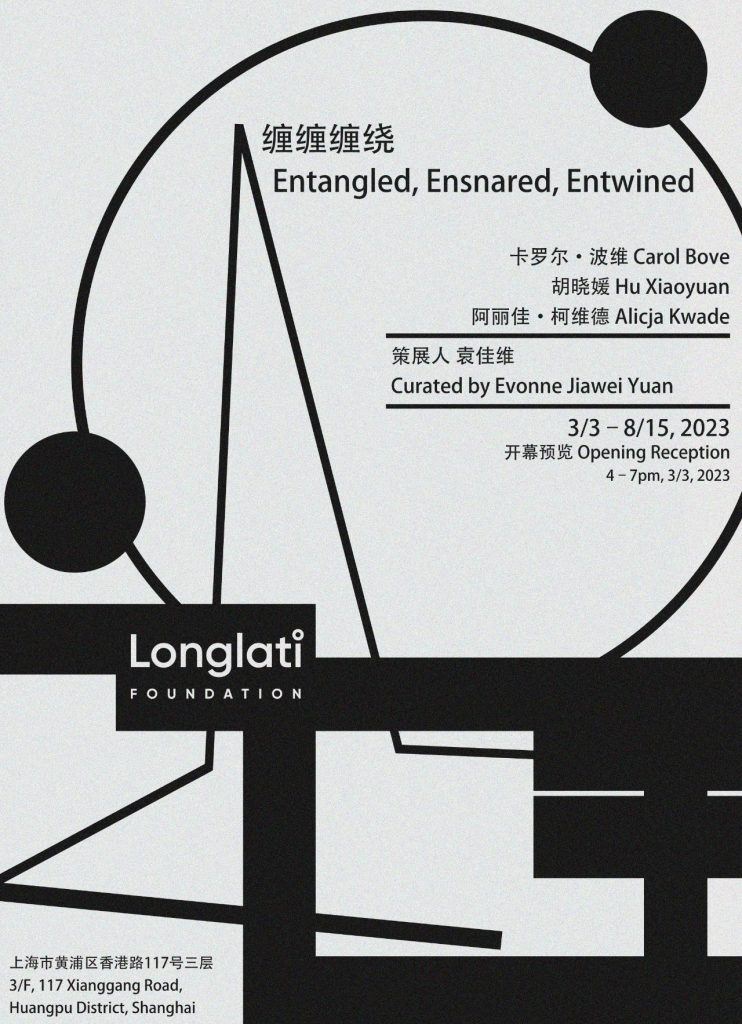
Longlati Spring Exhibition 2023, “Entangled, Ensnared, Entwined”, features three internationally celebrated women artists from the post-70s generation: Carol Bove (b. 1971, Geneva, Switzerland; lives and works in New York), Hu Xiaoyuan (b. 1977, Harbin, China; lives and works in Beijing), and Alicja Kwade (b. 1979, Katowice, Poland; lives and works in Berlin). The exhibition reflects their nuanced insights into the sculptural forms of personal, psychological, and social attachments. It is articulated by three sub-themes that describe various dimensions of intertwining as a metaphor for living in or with nature – “Entangled Positions,” “Ensnared Beings,” and “Entwined Engagements” – through a process of a constellation that juxtaposes or counterposes works by the three artists. Echoing part of the mission of the Longlati Collection and Patronage Program, which is to represent the interests of women artists from the last century, all the works on show this time were acquired by the Foundation in the past few years.
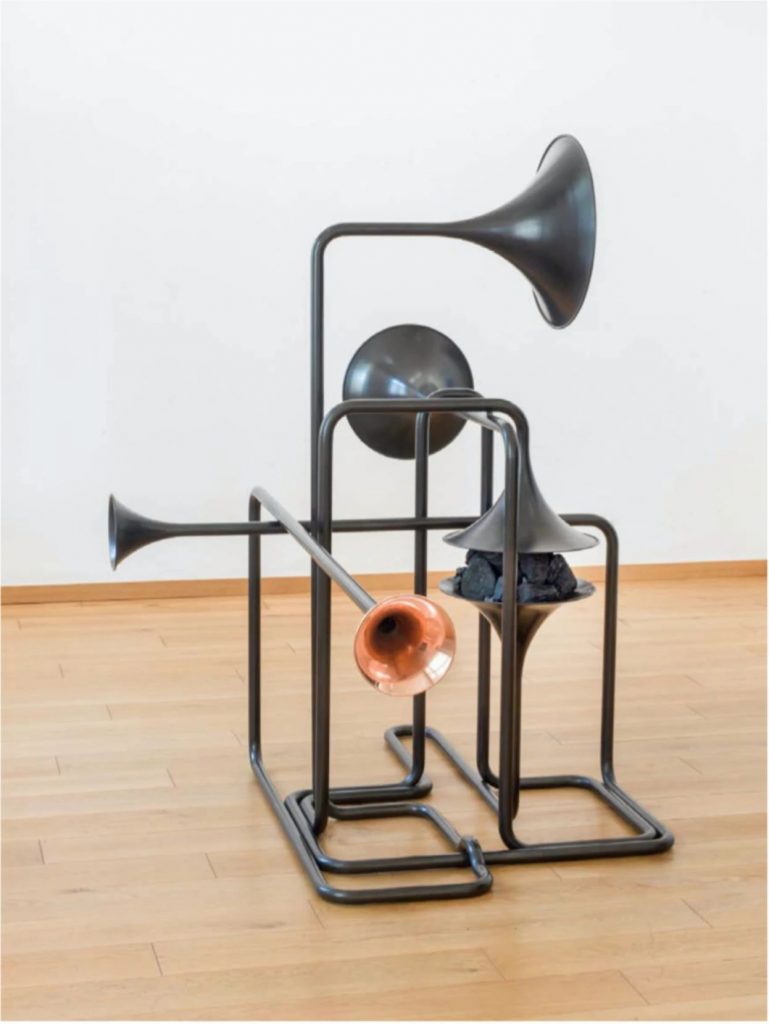
Alicja Kwade, Hypothestisches Gebilde, 2018, copper, charcoal, 182 x 205.3 x 182.3 cm. Collection of Longlati Foundation
“Entangled Positions” (Part 1) presents an initial arrangement of three iconic works, each created by one of the artists. Such an ensemble brings together the sculptural vocabulary commonly found throughout their distinct practices, affected by different cultural contexts. The artists combine natural materials, specifically wood and its variants, including charcoal produced by strongly heating wood in an oxygen-starved environment, with metallic elements such as iron and copper, the hardest two known in medieval alchemy, also burning most easily in air. By shifting, unfolding, and fragmenting the existing boundaries of these solid bodies, the installation exposes the entanglement and constant exchange with the organic or cosmic milieus living on, in, and around us. It reveals yet unknown flows of movement, intelligence, and communication towards an increase in entropy. Bove’s Relationship (2007) features a piece of driftwood with a hole that strikes a perfect balance with the support of a slender steel bar. Wood-Purlin No.7 (2018) is a typical example of displacement applied by Hu, in which painted raw silk affixed to a wooden block still renders the grain. Kwade also explores the idea of displacement, as the two vis-à-vis horns in Hypothetisches Gebilde (2018) are chocked up with a certain amount of black carbide, creating a sense of disorientation in the space.
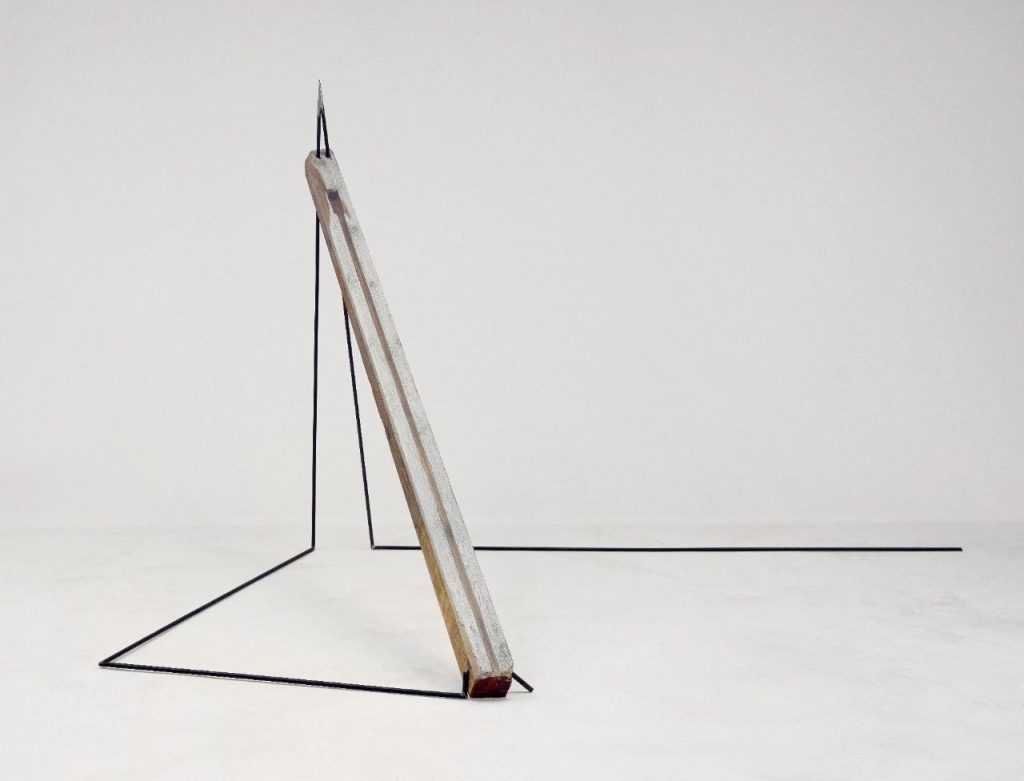
Hu Xiaoyuan, Ant Bone No.2, 2015, reclaimed wood beam section, ink, silk, paint, steel, iron nails, 423.5 x 285 x 234 cm. Collection of Longlati Foundation. Image courtesy of the artist and Beijing Commune
“Ensnared Beings” (Part 2) draws inspiration from the Heideggerian notion of verfallen (ensnarement), which relates to the predominant patterns of behavior that we fall into or the status of entrapment in mundaneness. It incorporates four reductive works whose emotive biomorphic or zoomorphic intent provides the impetus for their forceful and energized sculptural vitality, while suggesting an inherent tension between the living flesh and its subtle spirit. In this vein, Bove’s rusted I-beam structure entitled Cow Watched By Argus (2013) resembles a reptile crawling on the ground, making Greek mythology a metaphor for the plight of the alienated individual and the end of the man-made world. Hu names her work Ant Bone No.2 (2015) by creating a new coined word, expanding its literariness, thus highlighting its profound ambivalence. In 5 days 11 hours (2017) and Causal Emergence (June 2019) (2019), Alicja Kwade contributed a number of brass clock hands synchronized to be placed in sequence to visualize the concept of elapse, each representing an instant.
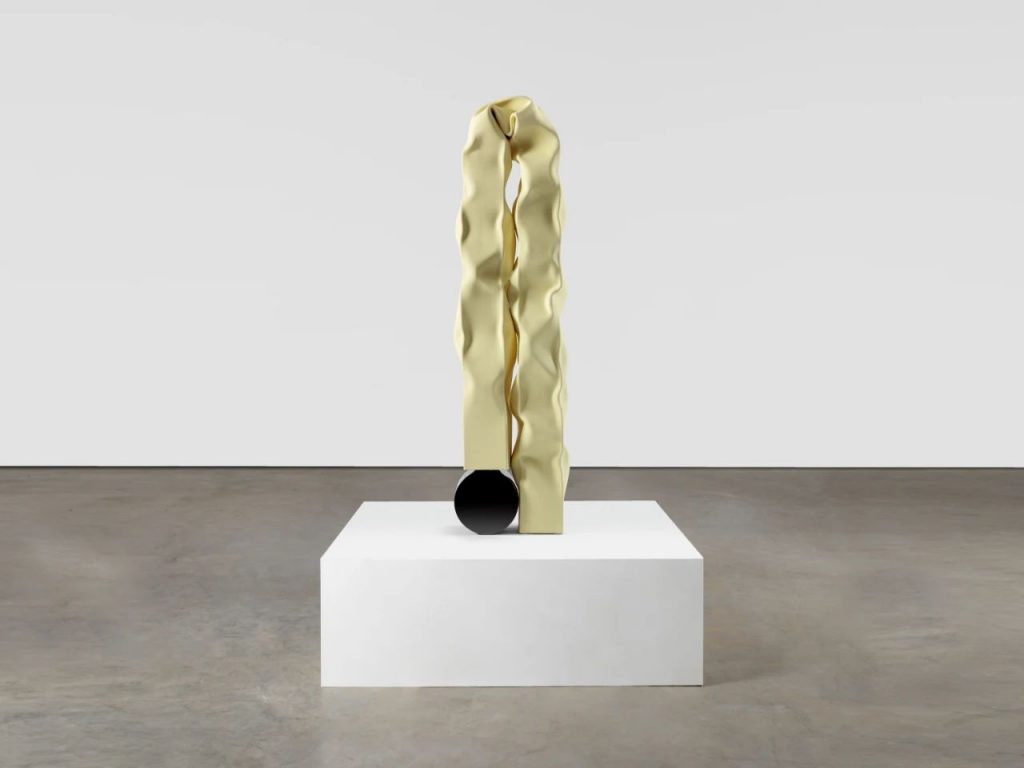
Carol Bove, Hairpin, 2018, stainless steel and unrethane paint, 150.5 x 40.6 x 17.8 cm. Collection of Longlati Foundation. Image courtesy of the artist and David Zwirner
The last five works on display, coined as “Entwined Engagements” (Part 3), signify the spatial uncertainty of the decentered globe contrasted with local coherence during the pandemic days. However, their tensions and complexities are productive in generating positive relationships with the unknowability of what the immediate future may hold. For example, Bove and Kwade both challenge the geometric principle in modern sculpture by subverting the dialectics of the middle/center and the circumference to undermine the sense of a cavernous interior, which might be understood metaphorically as today’s physical circumstance. In S.O.S (2016), Hairpin (2018), and The First Braid (2019), Bove combines crumpled stainless-steel tubing with a solid circular disk in black. It is hard to tell whether the former envelops the latter or the latter embraces the former. Kwade’s Hypothetisches Gebilde (2018) constitutes a self-contained piping system with trumpet/funnel-shaped endings where a small amount of minerals is placed aside as a sign of travel through the veil of time, which suggests a nonlinear evolution of things. On the contrary, Hu liberates a bunch of hand tools usually deemed as found objects from a slavish adherence to the experience of “using,” yet depicting the trace of “being used” on the very surface to emphasize the significance of “using” in the past. In Five Bodies II (2018), such assemblage (Versammlung) seems to be disordered or randomized; however, it is self-sufficient to hold (bergen) and to open. Bottom of Form
About the Artist
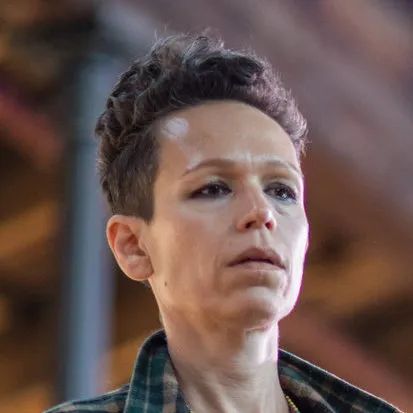
Carol Bove
Carol Bove born in 1971 in Geneva, Bove was raised in Berkeley, California, and studied at New York University. Between 2009 and 2013, she was a clinical associate professor of studio art in Steinhardt’s Department of Art and Art Professions at NYU. The artist joined David Zwirner in 2011. In 2015, The Plastic Unit marked her first solo exhibition at the gallery’s London location, which was followed in 2016 by Polka Dots, her first solo show with the gallery in New York. The artist’s third solo exhibition at the gallery was presented in London in 2018. In 2019, Ten Hours marked the artist’s fourth solo presentation with the gallery and her first in Asia. Two concurrent exhibitions of the artist’s new work, titled Chimes at Midnight and Carol Bove, were on view at the West 20th Street and 69th Street locations in New York in 2021. In 2022, David Zwirner, Paris, presented Carol Bove: Vase/Face. Also in 2019, the artist was selected to participate in the 58th Venice Biennale (2011, 2017 and 2019), documenta 13, Kassel, Germany (2012), and the Whitney Biennial, Whitney Museum of American Art, New York (2008), which featured a focused selection of recent work.Venues that have hosted significant solo exhibitions include The Museum of Modern Art, New York (2013); The Common Guild, Glasgow (2013). Palais de Tokyo, Paris (2010); Kunsthalle Zürich, Zurich(2004); the Institute of Contemporary Art, Boston (2004); Hamburg Kunsthalle, Hamburg(2003). The artist’s first major museum presentation was held at Kunstverein, Hamburg, in 2003.Work by the artist is represented in permanent collections worldwide, including the Museum of Modern Art, New York; Whitney Museum of American Art, New York; Guggenheim Museum, New York; San Francisco Museum of Modern Art; Institute of Contemporary Art, Boston; Jumex Museum, Mexico; Fonds régional d’art contemporain (FRAC) Nord-Pas de Calais, Dunkirk, France.
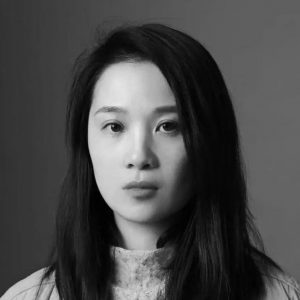
Hu Xiaoyuan
Hu Xiaoyuan (b. 1977, Harbin) graduated from the China Central Academy of Fine Arts, and currently lives and works in Beijing. Hu Xiaoyuan’s works have been widely shown in the international art scenes. Important shows she has taken part in include “The Great Acceleration: Taipei Biennial” (Taipei, 2014), “The Ungovernables: New Museum Triennial” (New York, 2012), and Documental12 (Kassel, 2007), etc. Her works have also been shown in numerous museums and art centers, such as Los Angeles County Museum of Art, Los Angeles; Tank Shanghai, Shanghai; Hammer Museum, Los Angeles; Mingsheng Art Museum, Beijing; Red Brick Art Museum, Beijing; chi K11 Art Museum, Shenyang, China; Qiao Space, Shanghai; Sifang Art Museum, Nanjing; Orange County Museum of Art, Orange County; Palais de Tokyo, Paris; Museum Boijmans Van Beuningen, Rotterdam; Tampa Museum of Art, Tampa, U.S.A.; Museum of Fine Arts, St.Petersburg, U.S.A.; Bildmuseet, Bildmuseet Umeå University, Sweden; Musée d’Art Moderne dela Ville de Paris, Paris; Taikang Space, Beijing; Museum of Contemporary Art, Shanghai; Kunstmuseum Bern, Bern; Kunsthalle Mannheim, Mannheim, Germany; Fundació Joan Miró, Barcelona; Power Station of Art, Shanghai; Shanghai Rockbund Art Museum, Shanghai; Ullens Center for Contemporary Art, Beijing; Kunstmuseum Basel, Basel and so on. Her works have been collected by Hammer Museum, Los Angeles; M+Museum, Hong Kong, and Power Station of Art, Shanghai, etc. In 2019, she was nominated for the first Sigg Prize by M+, Hong Kong.
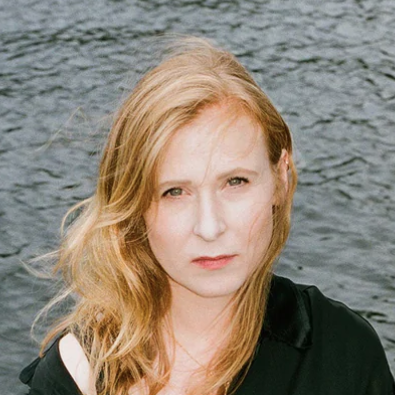
Alicja Kwade
Alicja Kwade (born 1979 in Katowice, Poland) lives and works in Berlin. She earned a BA from the University of the Arts (UdK) in Berlin in 2005. In 2019, Kwade has been selected for the Roof Garden Commission for the Metropolitan Museum of Art, New York. She participated in the Helsinki Biennial (2021), Desert X, Coachella Valley, California (2021), the Setouchi Triennale (2019), the 57th Venice Biennale (2017), and the 3rd Aros Triennale in Aarhus (2017). In 2015-2016, Public Art Fund commissioned AGAINST THE RUN, an installation in New York’s Central Park. Important recent solo shows of the artist took place at Berlinische Galerie – Landesmuseum für Moderne Kunst, Berlin (2021), Langen Foundation, Neuss (2020), MIT List Visual Arts Centre, Boston (2019), Espoo Museum of Modern Art, Helsinki (2018), Kunsthal Charlottenborg, Copenhagen (2018), Haus Konstruktiv, Zurich (2018), YUZ Museum, Shanghai (2018), Whitechapel Gallery, London (2016-2017), Kunsthalle Schirn in Frankfurt/Main (2015), Hamburger Bahnhof – Museum für Gegenwart, Berlin (2008). Kwade’s works are part of numerous private and public collections worldwide, such as the Centre Pompidou, Paris, Hirshhorn Museum, Washington, DC, LACMA – Los Angeles County Museum of Art, Los Angeles, Louisiana Museum of Modern Art, Humlebaek, MATE – Mario Testino Museum, Barranco, Mudam – Musée d’Art Moderne Grand-Duc Jean, Luxembourg, mumok – Museum Moderner Kunst Stiftung Ludwig, Vienna, and Yuz Museum, Shanghai, amongst many others。
About the Curator
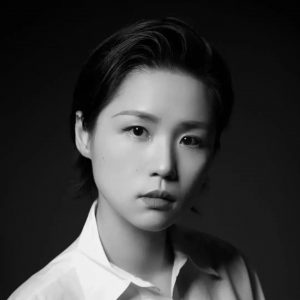
Evonne Jiawei Yuan is a writer and curator based in Shanghai. She graduated from Fudan University with B.A. in Museology, The Courtauld Institute of Art, University of London with M.A. in History of Art, and the Architectural Association School of Architecture with M.A. in History & Critical Thinking. Recent curations include “Shanghai Dandy” (Don Gallery, Shanghai, 2017), “Steadfastly Raise the Standards in Nonproductive Construction” (Don Gallery, Shanghai, 2018), “Going Viral: Zombies, Pluribiosis, and Love of the Living Dead” (totalab, Shanghai, 2022), “Steadfastly Revise For the Standards in Nonproductive Construction (Part I: Solid Molds; Part II: Liquid Circulates)” (Long March Independent Space, Beijing, 2022–23), etc. Contributing articles also featured in artforum.com.cn, ArtChina, LEAP, etc. Current research interests include the architectural media in-and-of contemporary art, (post)modern spatial concepts, border aesthetics and its geopolitics. She has been Guest Curator of Longlati Foundation and Head of its Writers’ Acquisition Committee (Shanghai) since 2021.
